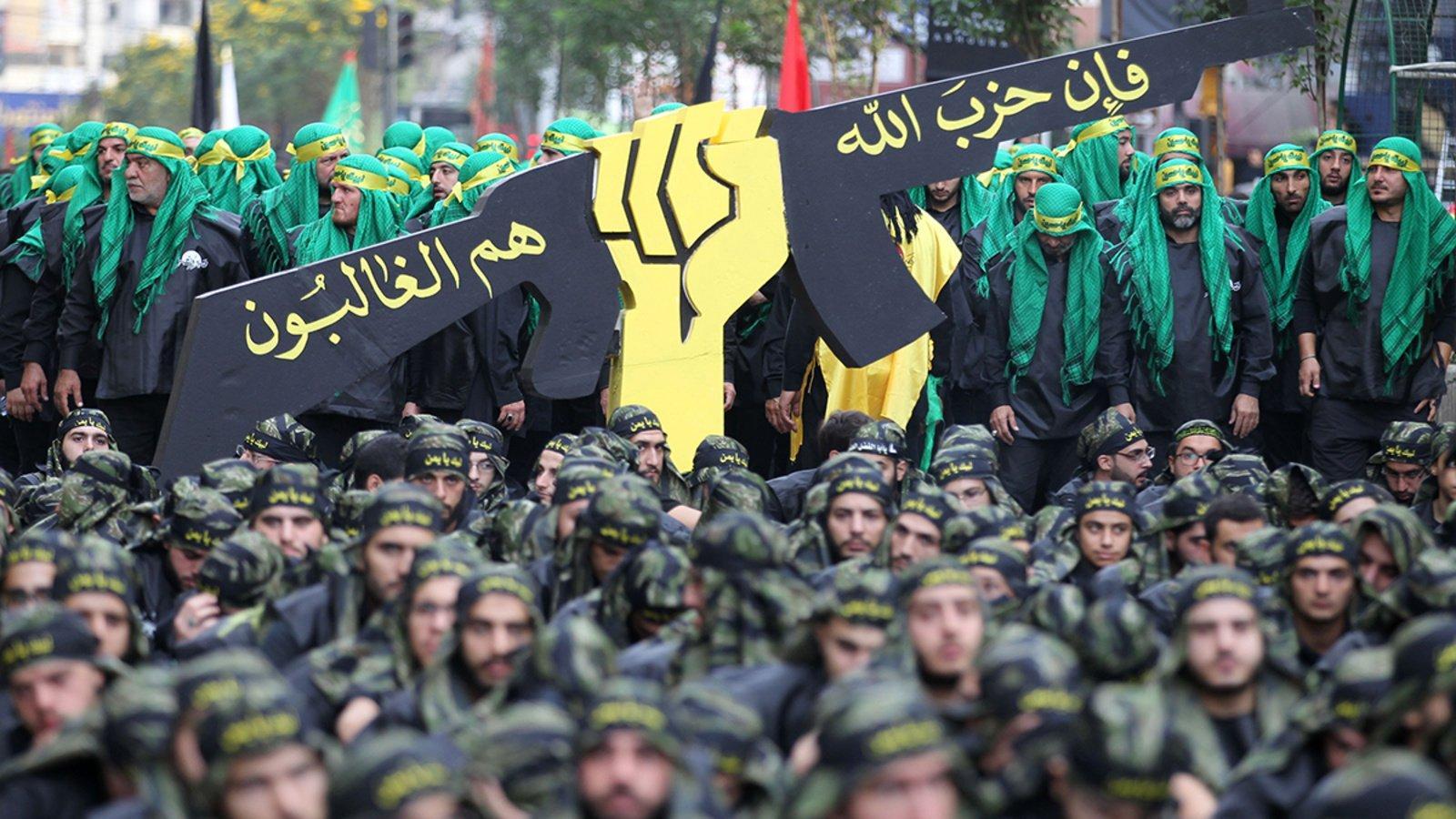
There is more than meets the eye in Hezbollah’s innovative operations.
The Birkat Risha operation last week quietly unveiled the advanced Almas-4 missile for the first time, using it to target a garrison that was already battered by previous missiles.
The close-range Ramia operation at the end of May 2024 demonstrated to the enemy that, in the words of Sayyed Hassan Nasrallah, “If the fighters wanted to enter the site, they would have entered,” shattering zionist dreams of pushing Hezbollah “behind the Litani.”
A slew of remarkable videos have been published in recent days. In the upcoming six posts, we will explain the meanings of what has been allowed to be published, subtle and overt.
What is very notable about this operation is not only the precision strikes deep into northern Palestine, but the battle damage assessment captured by Hezbollah’s reconnaissance drones. The site was very clearly destroyed, despite the enemy’s claims that the drones were “intercepted.”
Earlier this week, the IOF also claimed that two soldiers sustained minor injuries when their vehicle was hit with an anti-tank missile. Hezbollah’s video of the event provides clear evidence of the contrary.
One also wonders how Hezbollah was able to obtain such clear footage of the operation. Settlers wonder, where is this camera positioned? As revealed to Al-Jazeera, Hezbollah is watching the enemy at all times and places, able to see even the whites of their eyes, while their reconnaissance drones roam occupied Palestine and return to Lebanon undetected.
Yet, only one impact was shown (at 1:41). How many more drones hit the site? Hezbollah tells us, “This is what has been allowed to be published,” indicating much more.
Moreover, the video reportedly shows the use of a new type of “Shahed 101” drone, differentiated by the type of engine. Whereas the original version uses a fuel piston engine, a light battery-powered electric engine is used for this operation. This electric version proves to be the “appropriate weapon” to get the job done, due to the drone’s increased maneuverability and stealth, owing to the reduced heat signature of the new version. The range of this version of the drone is shorter than the fuel version, but when the enemy is so close, it is a more suitable weapon.
The “untouchable” “Meron” Air Base has been hit too many times to count, starting from the first operation targeting it to avenge the blood of martyr Saleh Al-Arouri in January 2024. Missiles casually hit its radars yesterday (June 15th 2024), further blinding the enemy. Hezbollah also destroyed the “SKYDEW” airship, used for surveillance across the north. It costs hundreds of millions of dollars, and billions were spent on its development over the course of a decade; Hezbollah destroyed it within minutes.
As clearly documented, Hezbollah also destroyed at least 10 Iron Dome platforms (as of June 2024), which are geolocated using the “fire luring” technique with dummy rockets. Such blinding operations pave the way for more impactful operations, which usually come within 48 hours (such as the historic S5 airstrike on May 16th).
However, it is incredibly heavy, requiring at least three men to move it. Yet, Hezbollah fighters were able to maneuver the weapon and set it up without detection; this was achieved due to previous operations blinding the enemy’s eyes and ears.
Hezbollah’s innovative use of technology and strategy challenges and disrupts the flailing enemy, demonstrating their tact, wisdom, and adeptness in the timing and quality of their operations. The resistance’s capabilities are as advanced as they are relentless, turning up the heat at their chosen pace in support of Gaza. From Katyusha came Burkan and Falaq-1, and from there Falaq-2 and the Jihad Mughniyeh missile. Now, it’s not only drones that are targeted with air defenses, but warplanes.
The appropriate weapon is the master of the battlefield, and it is the battlefield testifies to the might of the resistance.